
Determining your skin type is the first step in crafting a considered rotation of products tailored to helping your skin look, feel and thrive at its best. It can be difficult to pinpoint what your skin type is, especially if that type is combination skin, typically a mixture of oily and dry skin at different times. Here, we unpack what combination skin is and how you can care for it.
What is combination skin?
As it sounds, combination skin is a mixture of common skin type characteristics, most commonly oily and dry skin. Typically, you will have a mixture of oilier and drier areas across different parts of your face with the ever-contentious T-zone oilier than your cheeks, jaw or hugging your hairline. The T-zone consists of the forehead, nose and chin area.
What are the signs I have combination skin?
There is no standard definition of what combination skin looks like, however if you have noticed the following signs as characteristic of your face, combination skin may be your type:
Signs of oiliness:
- Enlarged pores
- Frequent breakouts involving pimples and redness
- A sheen across your T-zone
Signs of dryness:
- Flaking skin
- Redness around irritated sites
- A rough, abrasive texture to the skin
- A feeling of tightness across inflamed areas
What causes combination skin?
Like all skin types, there is no direct cause of combination skin being your skin type, with the dominant determining factor your genetics. Yet, with hormonal and environmental shifts, your skin type may fluctuate and deviate from its standard behaviour.
As we age, skin characteristically becomes drier and less oily as it reacts to hormone changes. Alongside this, hormone-driven factors, like contraceptives and the menstrual cycle, can also alter skin types.
Your skin type can also change if you’re applying unnecessary products, actives and supplements on your face. When engaging the correct products- and we will break this down further on- there will still be oil on your face but it won’t be masking rough, dry skin underneath, with the effects of a considered, refined skincare routine taking commonly taking effect within a matter of days. Dry areas of the face should soften and smooth, with the oiler areas less inflamed and pores minimised.
What products do I need to use?
As mentioned earlier, the key with combination skin is finding balance in your skincare routine. Depending on how dry your drier areas are naturally and how oily your T-zone is, your routine should be tailored to target these concerns accordingly. With combination skin, the simplest way to develop a skincare routine consisting of appropriate, beneficial products is fill the regime with products targeting both concerns; there is no one-size-fits-all product for combination skin as it’s a mixture.
A simple way to combat the combination skin regime is to separate your routine into day skincare and evening skincare. There are fundamental products to be used at both times including cleanser, toner and moisturiser, but dryness and oiliness at different times helps ensure your skin isn’t overwhelmed or packed with an excess of product.
If your T-zone is oily and the remainder of your face is dry, you can apply the products targeting this area in the evening rather than day. The T-zone is often targeted by acids, which aren’t encouraged to apply during the day as it can cause photosensitivity.
Before choosing products, it’s important to consider the active ingredients which assist combination skin in regulating a consistent, even texture. These include:
- Hyaluronic Acid: A hydrating, generous active that hydrates the skin without leaving a greasiness which may irritate oiliness.
- Lactic Acid: This active works as a mild Exfoliant, working to remove dead skin cells from drier areas and gently clear blocked pores.
- Salicylic acid: Salicylic acid is known for regulating oil production and, like lactic acid, keep pores unclogged.
- Antioxidants: Broadly speaking antioxidants protect the skin from environmental damage. They are suitable for all skin types, with Vitamin C the hero of the bunch and frequently recommended for overall skin vitality.
With that in mind, the following selection of products are sold foundation to build your skincare routine on, tailored to the characteristics of combination skin.
Cleanser:
Drunk Elephant E-Rase Miki Micellar Water
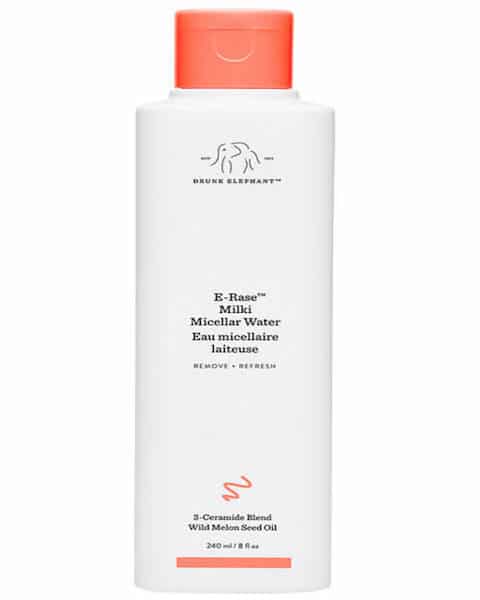
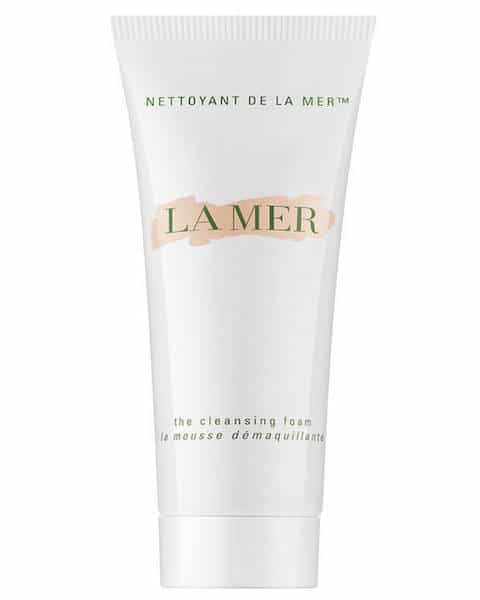
Due to the volatile nature of combination skin, experimentation with different types of cleansers (cream, foaming, balm) can be useful in determining a suitable choice for your face. As a starting point, foaming cleanser is an ideal option for its gentle exfoliating properties and ability to remove excess oil, alongside Micellar water as this won’t strip the skin of oils or cause excess dryness.
Toner:
Dr Barbara Sturm Balancing Toner
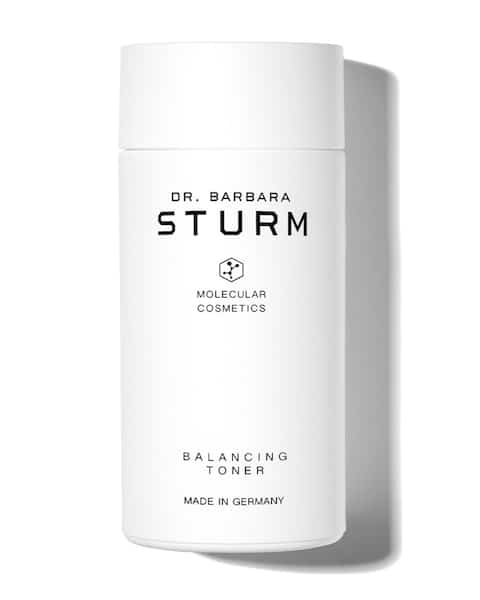
REN Clarimatte Clarifying Toner
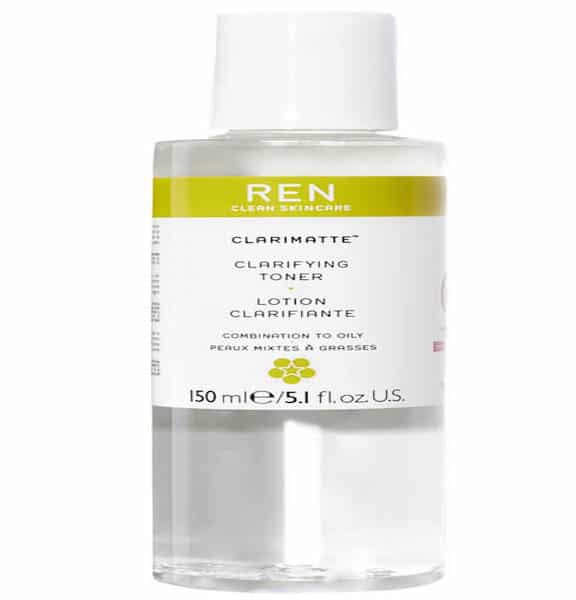
A toner containing any of the actives listed earlier will allow the skin to flourish, working their properties across the face to target the concerns. Look for a hyaluronic acid toner in the morning and one containing lactic or salicylic acid in the evenings means your skin will absorb formulations working to improve both the oily and dry elements of your combination skin.
Serum:
Aesop Lucent Facial Concentrate
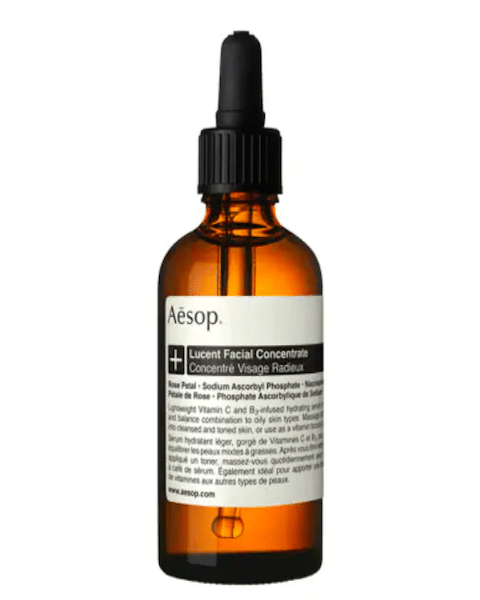
Paula’s Choice C15 Super Booster
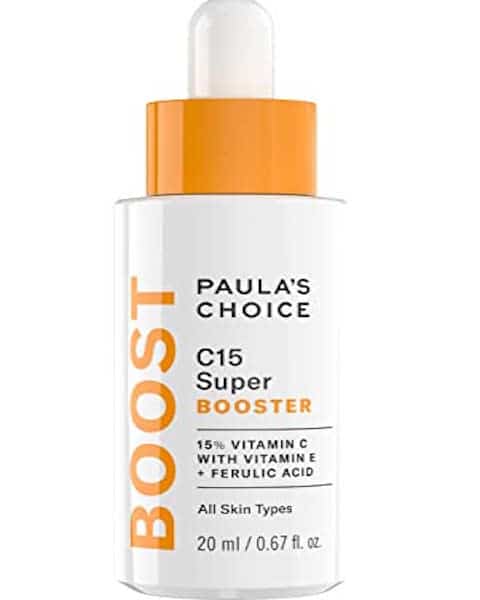
A vitamin C-containing serum is the boost of care combination skin benefits from after you have cleansed and toned. Tailored for those with blemish-prone skin, the properties of this ingredient work to target both even skin texture and treat inflammation from both excess oil and dryness.
Moisturiser:
Kiehl’s Ultra Facial Oil-Free Gel Cream
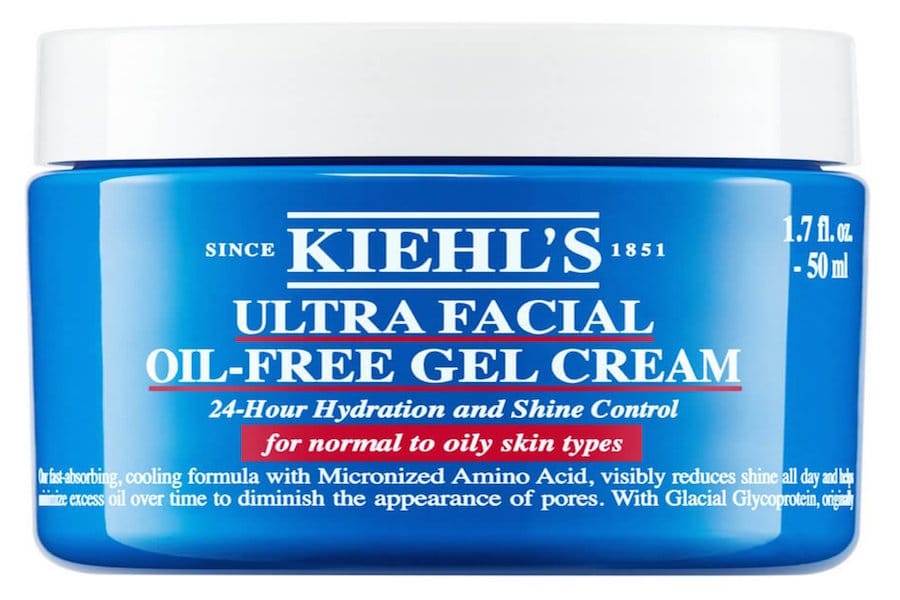
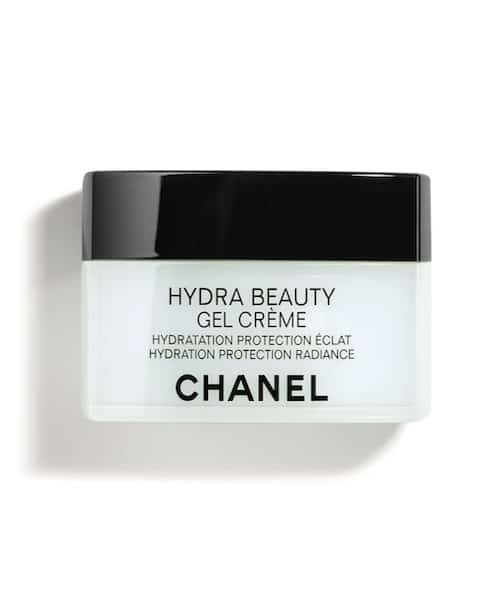 Combination skin benefits from a moisturiser that is hydrating, yet won't saturate the skin and leave a greasy texture. As such, gel moisturisers are the ideal concentration for achieving the balance ideal for the oily and dry elements on the face.
Combination skin benefits from a moisturiser that is hydrating, yet won't saturate the skin and leave a greasy texture. As such, gel moisturisers are the ideal concentration for achieving the balance ideal for the oily and dry elements on the face.
Sunblock:
Ultra Violette Lean Screen SPF 50+ Mattifying Zinc Skinscreen
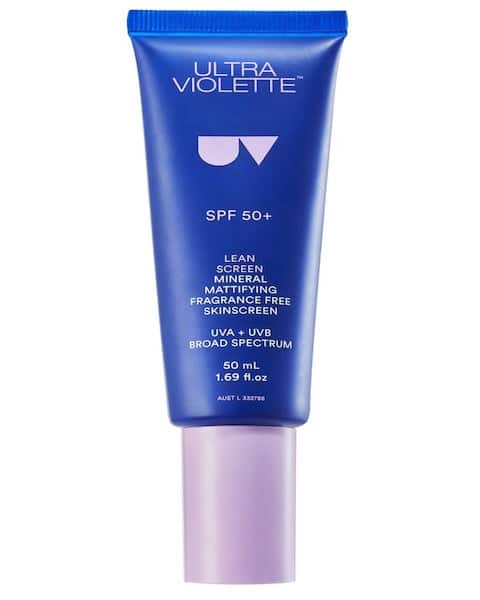
Dermalogica Oil Free Matte SPF30+
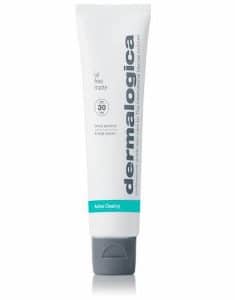
No skin type is immune from the harsh effects of UV rays on the skin, so including a sunblock in your morning skincare routine is absolutely necessary. Using a matte-based sunblock maintains the delicate balance of hydrating the skin while not unnecessarily clogging pores.



